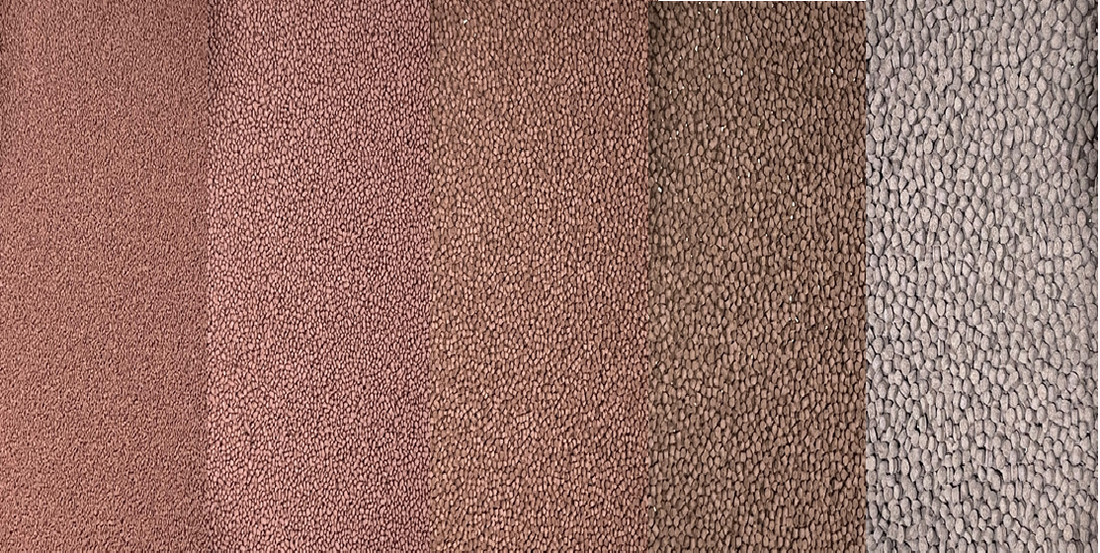
An easy way to evaluate Fish Food
Share
Have you ever wondered how good a particular fish food is for your fish?
Here is an easy way to have a look at it based on the information on the packet. By law the ingredients and the assay of the food must be published on the packet. Info regarding this can be found on publication FA159 (University of Florida). Link - https://edis.ifas.ufl.edu/publication/FA159
As with everything I say I normally back it up with scientific studies and hence the reason I will put my name to it.
Two examples tabled below.
You will agree that the total ingredient analyses must total 100% yes.
|
Example 1 |
% Crude Analyses |
Example 2 |
|
51 |
Protein |
40 |
|
14 |
Fat |
5 |
|
3.5 |
Fibre |
5 |
|
15 |
Ash (Minerals) |
9 |
|
6.5 |
Moisture |
9 |
|
100% – (all above, 90%) = 10% Carbs |
Carbs & rest Fillers |
100% – (all above, 68%) = 32% Carbs |
From the table above you can see that Ex1 contains 10% Carbs and other ingredients called fillers and Ex2 contains 32%. Which is the better-quality food – The one with the lowest percentage Carbohydrates provide the better value for money and health with least number of fillers. You can’t have zero fillers as you do need some form of binders for the foods.
How does health come into this?
A few pointers you can research - The larger the % of Carbohydrates the higher the chances for digestive issues. 10% versus 32%, higher % indicate more fillers/Carbs or zero value ingredients as I call them. Protein is highly digestible. Fibres are fillers, and too much reduces foods quality ingredients which are really the total Protein + Fat content.
Good quality food has at least 55% or slightly more (Protein + Fat) vs rest of food content but you also want very low Carbs. Rest of food mix being 45% or less and Carbs being less than 20%. (Protein + Fat + Fibre + Ash + Moisture + Minerals – 100 = Carbs/Fillers). Feeding only high protein is not good and a balance must be created by feeding a variety of foods for sustaining your normal fish. To much Protein over time for adult fish will fatten the fish’s liver and can lead to issues later in life. Can also contaminate your tank resulting in ammonia. For juvenile fish growth you need to feed high protein + fat-based food for the first 3-4 months.
The Breeders secrets:
- High Protein feeds with a good Fat proportion
- Frequent water changes
The Biggest cause of issues is People over feeding fish.
